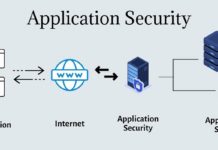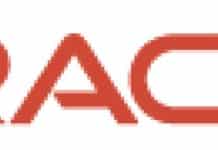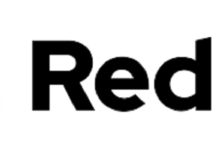Red Hat, Inc., the world’s leading provider of open source solutions, today announced Red Hat Developer Hub, an enterprise-grade, unified and open portal designed to streamline the development process through a supported and opinionated framework. Crafted from the open source project Backstage, the Red Hat Developer Hub platform provides the necessary curated tools and resources developers need to create higher-quality applications, maximizing existing skills and accelerating velocity while reducing friction and cognitive overload.
A more consistent enterprise developer experience
Internal developer platforms have emerged as a key solution in navigating the sprawl that
DevOps teams often face. These platforms help increase developer productivity while reducing the volume of optional tools and information that must be sifted through to deliver
production code. According to industry analyst firm, IDC, “60% of organizations looking to
scale DevOps will adopt an internal developer platform to provide infrastructure, deployment pipelines, and other internal services to enable developer self-service by 2025.
While the need is clear, building and maintaining an internal developer portal remains
complex. This is especially true at the scale of modern enterprises, with heterogeneous
tools, ever-changing security needs, and compliance requirements that vary across
industries and regions. As the first standalone enterprise-grade offering based on Backstage, Red Hat Developer Hub intends to deliver improved developer experiences
across environments, including Kubernetes and container application platforms such as Red
Hat OpenShift.
The Red Hat Developer Hub aims to mitigate the challenges inherent to delivering and
maintaining developer portals with:
● A single pane of glass to view all available developer tools and resources to increase
productivity;
● Self-service capabilities, along with guardrails, for cloud-native application
development that complies with enterprise-wide best practices; and
● Proper security and governance for all developers across the enterprise.
Red Hat Developer Hub also helps to limit choice paralysis by enabling a developer
experience that offers a clear, straightforward set of approved and curated tools, languages
and other developer resources in a self-managed and supported portal. This experience
helps to further maximize application velocity and code quality without sacrificing innovation.
Additionally, Red Hat Developer Hub includes a set of pre-defined, pre-architected and supported templates for accelerating application development. These Golden Path templates simplify the process of getting applications into production more quickly and securely without cutting crucial workflow steps.
Red Hat Plug-ins for Backstage
Red Hat has also developed Red Hat Plug-ins for Backstage, a bundle of six plug-ins that
integrate various key systems into Backstage, helping to extend the project’s functionality.
The plug-ins can be used across all Backstage installations, providing even more flexibility
for developers across platforms and Kubernetes distributions and include:
● Application Topology for Kubernetes, which enables developers to visualize real-
time status of application and infrastructure workloads deployed to any Kubernetes
target, including Red Hat OpenShift, with greater consistency.
● Multicluster View with Open Cluster Manager (OCM), which provides a view into
clusters from Open Cluster Manager’s MulticlusterHub and Multicluster Engine in
Backstage.
● Container Image Registry for Quay, which improves the integration and speed of
interactions with Quay registries by providing a view into container image details.
This includes security vulnerabilities (CVEs) associated with deployed images.
● Pipelines with Tekton, which gives users a view into the details of all Tekton
pipeline runs and their respective status across all services.
● Authentication and Authorization with Keycloak, which enables platform
engineers to load users and groups from Keycloak into Backstage
● GitOps with Argo CD, which helps track the health and status of the Argo CD status
for services within Backstage.
Red Hat plans to continue to enhance the Red Hat Developer Hub platform with additional
plug-ins to support a broader set of tools and systems in future releases.
Supporting Quotes
Mithun Dhar, vice president and general manager, Developer Tools and Programs, Red Hat
“Organizations need to scale software development and delivery and have little time to do
so. Developed from the upstream framework, Backstage, and open source project Janus,
Red Hat Developer Hub is an open portal that takes the best tools, templates, and plug-ins
and creates a streamlined environment that novice and seasoned developers alike will
benefit from. A unified platform not only leads to greater productivity, but also fosters internal collaboration, creating a culture of innovation that allows developers to thrive.”
Al Gillen, group VP, Software Development and Open Source, IDC
“The high demand for software development, further expanded by the pandemic, has put
substantial stress on developers that already were in short supply. With the additional fact
that organizations typically spend a substantial portion of resources (often as much as two-
thirds of time and money) on maintaining existing solutions, it becomes obvious why the
industry must move to add artificial intelligence, automation, and discoverability to
development activities, including the time consuming but critical activity of modernizing
existing applications. Red Hat Developer Hub, based on the OSS project Backstage,
streamlines and centralizes key technologies for developers, enabling them to focus on
delivering quality applications at speed. Given the affinity that developers have for OSS
projects, it is not surprising that developers are embracing these new OSS developer tools.”















































































